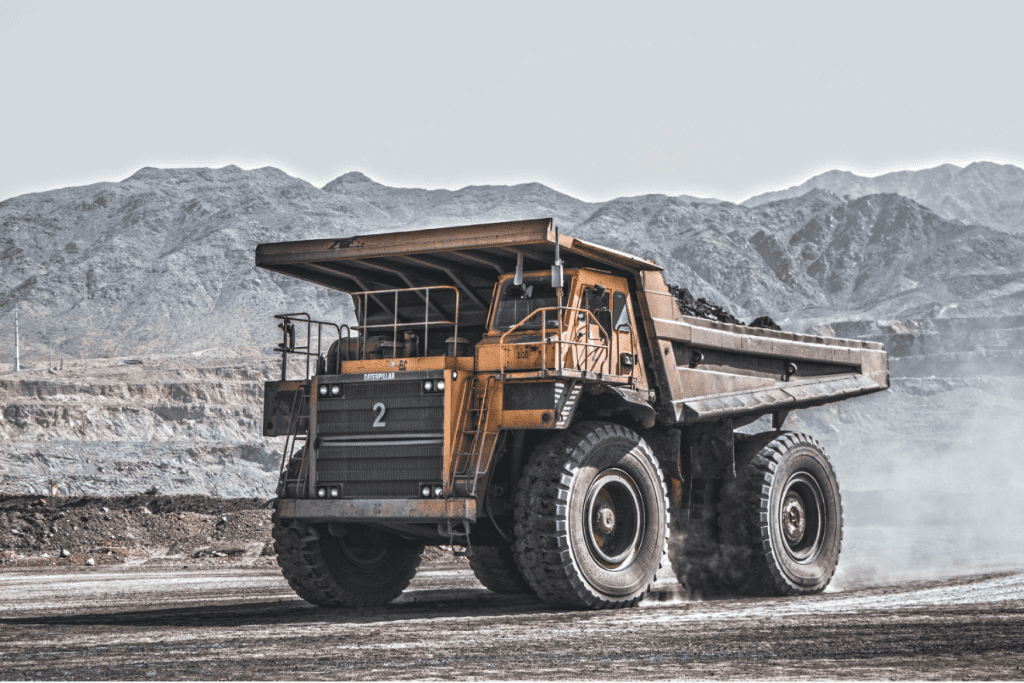Measuring the Effectiveness of Your Critical Risk Management Process
Critical Risk Management planning and implementation is no cakewalk in high-risk environments like mining. Using incident reporting and investigation data, conducting regular audits and reviews and measuring the effectiveness of your current Critical Risk Management (CRM) process are all essential elements for mining operations to mitigate dangers, and ensure the preservation of life and the environment.
What are the key ingredients for an effective Critical Risk Management plan?
Developing Effective Key Performance Indicators (KPIs)
Key performance indicators (KPIs) provide quantifiable, meaningful, and straightforward measurements for evaluating and tracking the risk management and safety improvement progress. They should include evaluating safety processes, personnel training and expertise, and the efficiency of existing controls.
- Establish attainable goals and a starting point from which to track development.
- Update key performance indicators when your risk management procedures change
- Immediately inform relevant workers of any changes
Safety goals must be explicitly defined to align with the larger organisational objectives. Consider leading and trailing indicators when creating your KPIs, and evaluate your risk management efforts by looking at both.
Using Incident Reporting and Investigation Data
No matter how devastating or seemingly insignificant – every incident can teach you about risk realities and gaps in your current risk control measures. Incident reporting and investigation data can reveal patterns, underlying causes and problem areas to address. A comprehensive incident reporting system must include location, date, time, possible or known causes and participants in the event details. It’s best practice to compare the incidence rate and severity over time with your KPIs to see where your operations stand. This method is bolstered by encouraging honest incident reporting where workers can disclose without fear of reprisal.

Identify Areas for Improvement Through Regular Audits and Reviews
Audits systematically evaluate risk management, controls, and safety protocols and show gaps, shortcomings, and improvement opportunities.
- Benchmark performance against industry standards and best practises
- Audit safety policies, procedures, and standards
- Evaluate your current risk assessment, hazard identification, and control methods.
- Review documentation, records, and incident reports for correct reporting and data collecting.
- Prioritise corrective actions
- Discuss risk management practices and changes with all staff.
Using Technology to Measure and Report Critical Risks
Better risk management is possible thanks to technological innovations that improve data gathering, analysis, and communication in real-time.
Digital systems can more easily record events, near-misses, hazard observations, and inspections, offering a complete safety picture and determining the patterns, trends and connections that verify what’s working well and areas for improvement.
Platforms and mobile apps can simplify complex data and provide interactive reporting to share with stakeholders, reducing errors and giving immediate data for proactive decision-making. Specific applications can also monitor equipment, worker behaviour, and environmental factors for real-time insights, danger detection, and trigger alarms, or automatic replies.
High-Stakes Sectors Need Infallible Operations.
Robust KPIs proactively monitor safety performance and align it with overall goals, and analysing incident data helps identify trends, root causes, and opportunities for improvement. Regular audits and reviews systematically evaluate risk management processes while integrating technology enhances data collection, analysis, and communication.
By utilising technology and administering thorough risk management practices, mining companies can easily monitor the efficacy of their CRM process.
What If You Don’t Have a Robust CRM framework in Place?
Having an effective Critical Risk Management (CRM) system is essential if you’re serious about prioritising safety on your mine site. Download our eBook ‘Critical Risk Management in the Mining Industry’ now and let us show you how having the right CRM system in place can ensure safer and more successful mining operations for your organisation!




